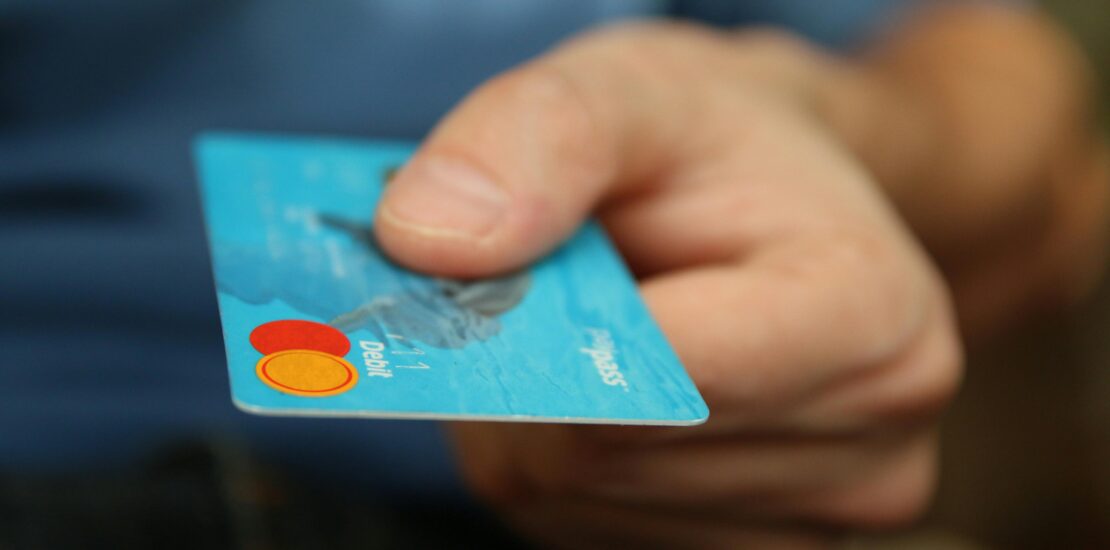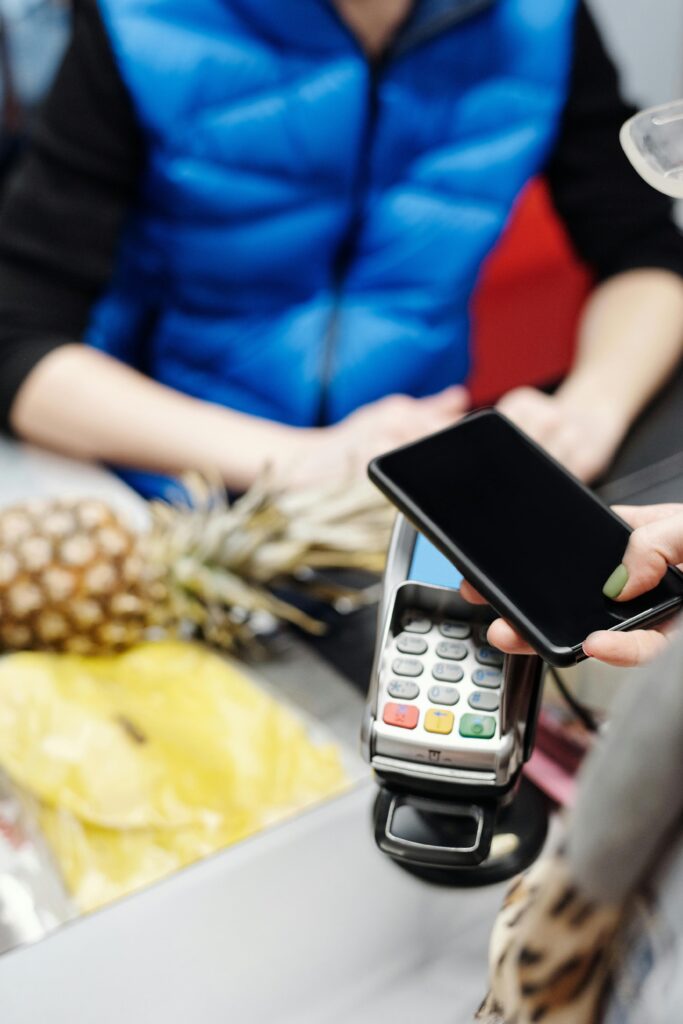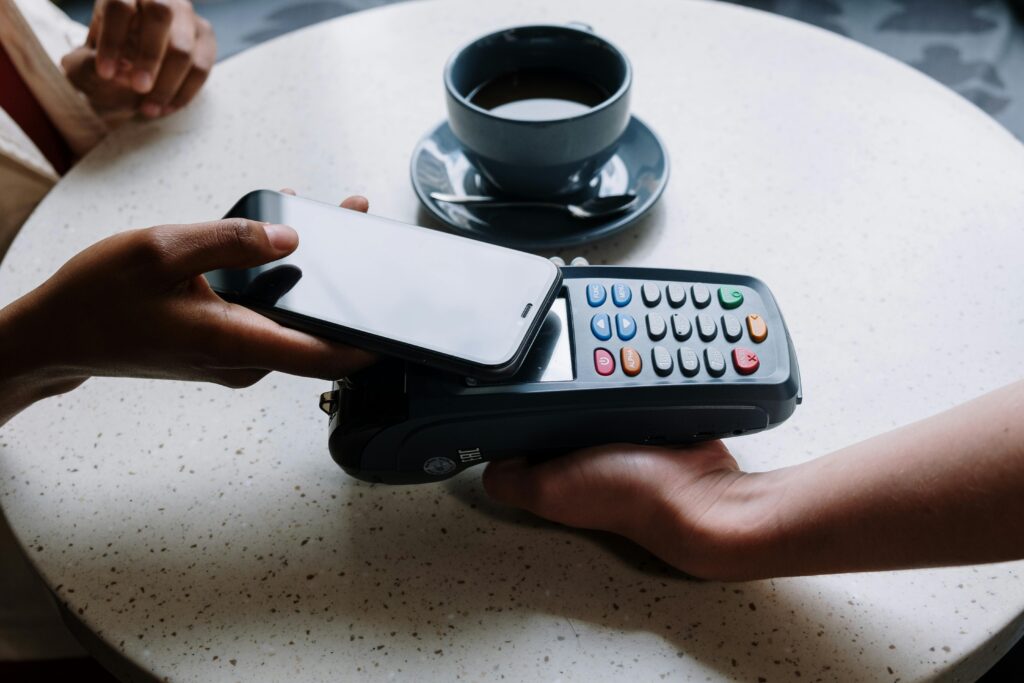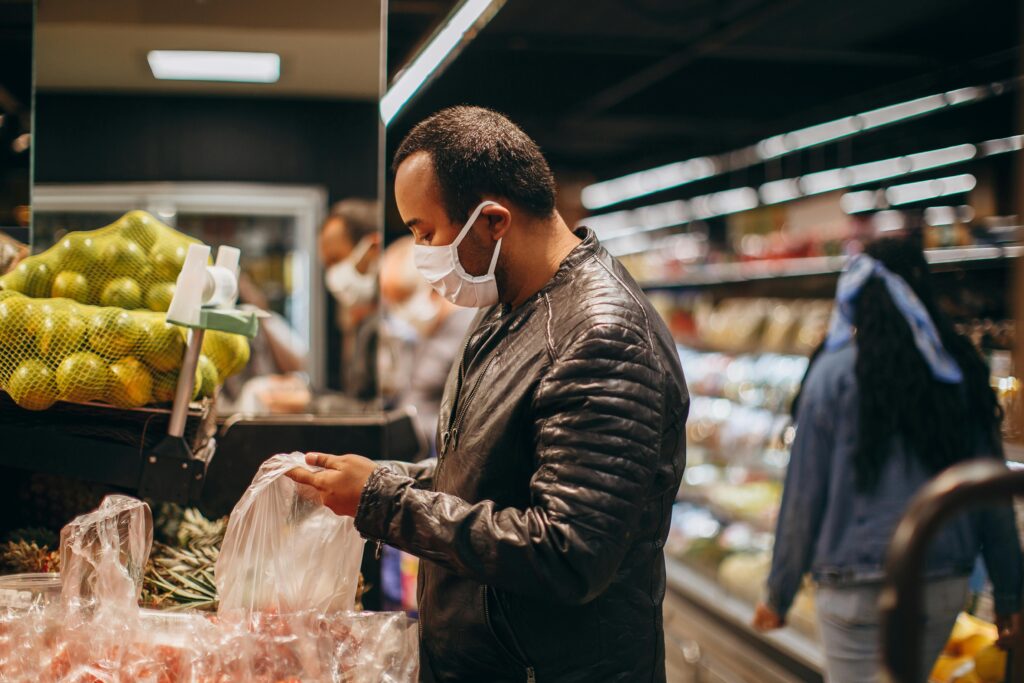It has never been easier to go cashless in Japan. Not only can you use your credit card in most automated ticket gates on the train and subway, you can also use your phone if you have Apple Pay or Google Pay. Touch payments have really taken off in Japan. And if you want the Suica application, you can put it in the phone wallet as well. Read on to find out more.

Japan has long been a leader in cashless payments, despite many establishments (mostly small companies, often mom-and-pop restaurants) refusing to take credit cards or mobile payments. Part of the reason is probably the age of the proprietors — they simply do not know how to deal with the new-fangled technology. But another reason is that credit card payments are associated with a small, but still noticeable fee. If your business barely breaks even, paying even one percent to a credit card company may be too much.
Plenty of ways to go cashless
Businesses with somewhat larger margins, and maybe younger staff as well, tend to embrace the new technology. And Japan has plenty of ways to go cashless. It was the first country in the world where stored-value cards like the Suica and Pasmo cards (you top up the cards in special machines in the stations) were commonplace.

The Nanaco, the stored-value card of the 7–11 convenience store chain (and the grocery stores associated with it), also has a healthy following. Every city with even a slightly sizeable public transport system has one, but they may not be usable in stores — even the kiosks on the platform, unlike the Suica and Pasmo cards (and the Osaka Icoca, which can be used in Tokyo as well).
But those cards were first-generation cashless. Or maybe that should be credit cards, which actually have existed for a long time in Japan. The cards, however, were issued by the local banks or the Japan Credit Bureau, and only locally issued credit cards were accepted in most places. Foreign credit cards were as rare as travellers’ cheques in those days.
That has changed completely. The Japanese card payment systems have become interconnected with the international payment networks, so you no longer have to figure out which ATM network your bank might belong to, and which Japanese bank you should go to when you want to make a withdrawal. Yes, it is all true, strange as it may sound today, but you will occasionally encounter local banks that refuse to take international cards in their ATMs.
Mobile phone bank withdrawals
The next wave of cashless payments was the mobile phone payments. Here, you connect your bank account (only works with Japanese bank accounts) to the mobile service, which thanks to some nifty security protocols allow you to present a bar code on your phone to the cashier for automated withdrawal, or in smaller stores, take a snapshot of the QR code a the register, after which you have to type in the sum of the payment. It is deducted from your account and delivered to the store account in seconds.
Tourists are unfortunately unable to use this form of payment, since it requires you to have a Japanese bank account. Which is too bad, because the operators of the payment services frequently give steep discounts (to drive usage, of course).

But only a few years ago, the card terminals with a slot where you would slide the magnetic strip of your card started to disappear. Their replacements were touchless cards, the same standard as in the US and Europe. It took a little while for the Japanese to embrace them, mostly because proportionally few people have credit — or even debit — cards in Japan. Interest became really serious when the train companies embraced the technology and started building it into their ticket gates. Already geared to the Suica and Pasmo cards, connecting the payment system behind the ticket gates to the Visa and MasterCard touch payment systems was a short step.
Cashless through Phone Wallet
Once that was done, however, the door was open to the next step: Getting rid of the actual cards and putting them in your phone wallet. Both Apple Pay and Google Pay have been available in Japan for several years, but did not really take off until you could use the phone to pay for your transit tickets.

Apple has even taken a step beyond and made it possible to put your national identity card in the wallet on the phone. As of now, this only works for cards from some American states — and for the Japanese My Number card. Once a laggard in digital services, Japan may yet leapfrog the world. They are already merging the national insurance cards and driver’s licenses into the My Number card. Hopefully, they have fixed the several glitches that would occur when using the service. Although the My Number card only came to Google Wallet late in 2026.
Exactly the same as other cashless payments
Paying with your phone works exactly as other payments: Connect a card or other means of payment to your mobile wallet, and you can use it wherever there are touch payments. Including the ticket gates. This is wonderful news for tourists, who do not have to buy a Suica or Pasmo card anymore (and since there is a shortage of chips, JR and the subway are not selling them either). Just touch and go, and you are through.

It can be a bit problematic if you have kids (who travel at half price from the age of 6 to 12), because you may not want to go through the hassle of getting them their own Suica cards, and even if they have phones, they can not get the discount. You have to buy paper tickets, which means figuring out the price and paying for the tickets in cash (since you do not have a Suica card, and there is no way to pay with a credit card in most JR ticketing machines, not to speak of paying with your mobile phone).
Half price for mobile kids
But wait. If your kids have mobile phones, and they are of a decently recent model, you can download the Suica app from the app store. You may need some help configuring it for the child discount, but then your kids can travel at half price. As long as you keep it topped up, because the Suica app is a stored-value virtual card. You can only use the amount you have charged the card with. This may be an advantage if you do not want your kids to have access to your credit card.
Stay tuned for more exciting content like this! Follow us on our social media platforms and check out our blog regularly to stay updated on the latest news, trends, and insider stories from Japan. Don’t miss out on future updates — sign up for our newsletter for exclusive content delivered straight to your inbox!
Related Articles
Warning: Undefined array key "sfsi_threadsIcon_order" in /home/veremosglobal/tokyoroomfinder.com/public_html/blog/wp-content/plugins/ultimate-social-media-icons/libs/controllers/sfsi_frontpopUp.php on line 165
Warning: Undefined array key "sfsi_blueskyIcon_order" in /home/veremosglobal/tokyoroomfinder.com/public_html/blog/wp-content/plugins/ultimate-social-media-icons/libs/controllers/sfsi_frontpopUp.php on line 170
Warning: Undefined array key "sfsi_bluesky_display" in /home/veremosglobal/tokyoroomfinder.com/public_html/blog/wp-content/plugins/ultimate-social-media-icons/libs/controllers/sfsi_frontpopUp.php on line 266



